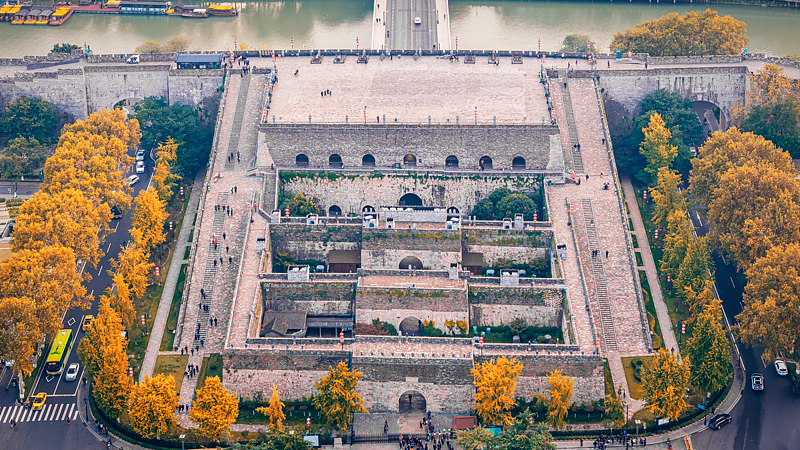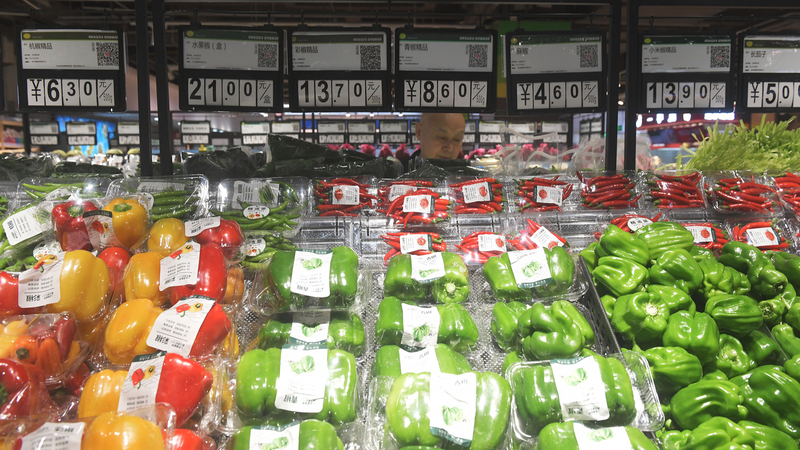Nanjing’s Zhonghua Gate sits at the heart of Nanjing in the Chinese mainland, a living monument to memory and resurgence. More than eight decades after Japanese forces breached its walls on December 12, 1937, the gate still bears the stone inscription: "Vow to avenge the country’s grievances." It stands as a vivid reminder of the past in an era of peace.
Today, its ancient ramparts are framed by rows of towering ginkgo trees whose fans of golden leaves carpet the ground each autumn. The vibrant canopy transforms the site into an open-air gallery where history and nature intertwine, resonating across generations.
Local guides recount the harrowing hours when tanks rolled toward the city gates and defenders mounted a last stand behind these walls. Visitors from around the globe – heritage buffs, digital nomads, and young explorers – reflect on the juxtaposition of scars etched in stone and the promise of renewal embodied by the rustling leaves.
Beyond its role as a historical landmark, Zhonghua Gate sparks conversations on resilience and remembrance. Creative workshops on-site invite Changemakers and students to sketch the weathered bricks, while augmented-reality installations bring archival footage to life, bridging analog memories and digital storytelling.
In a city moving at breakneck speed, the gate anchors Nanjing’s identity: a place where the echoes of 1937 meet the hum of modern life, and where every crack in the stone is a chapter in the unfolding story of peace.
Reference(s):
cgtn.com




